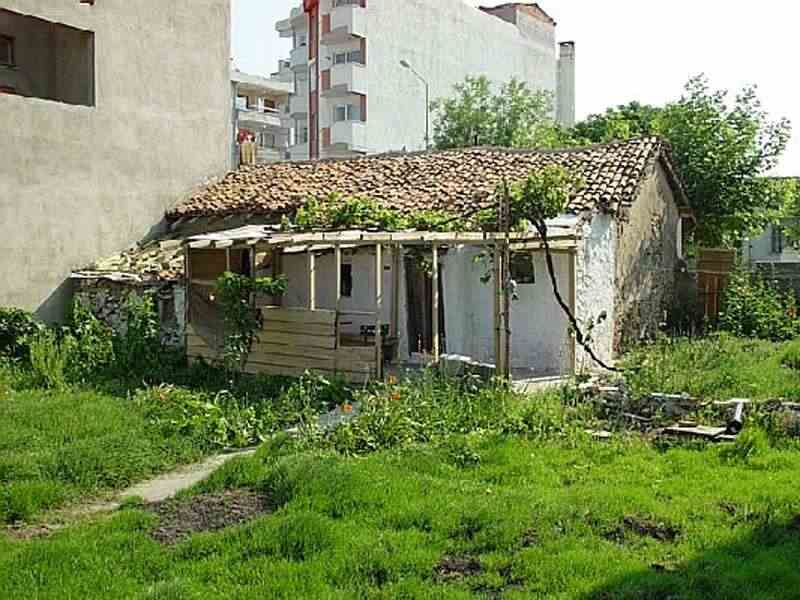Anzac Cove (Ari Burnu) on Gallipoli Peninsula.
At dawn on the 25th of April 1915 the Anzac troops landed on this
beach. They should have landed at a site about a kilometre further
north.
They found themselves on a narrow front facing a steep range of hills that were only lightly defended.

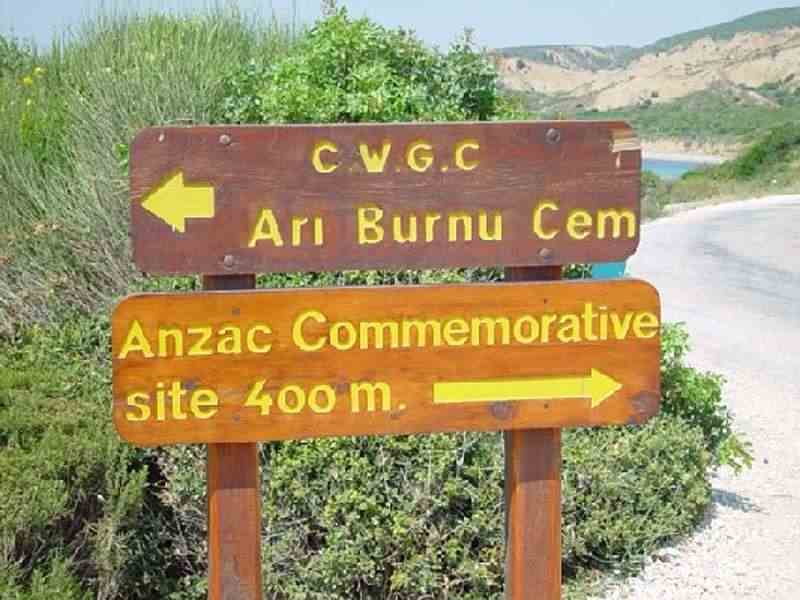


Two companies
of Turkish soldiers (about 160 men) were still able to take a heavy toll
as the Anzacs regrouped on the beach and charged into this rugged
country.
Some
small groups made audacious gains but they could not hold their
positions. By mid morning Turkish reinforcements had rushed in.
The
battle raged, front lines swaying back and forth, neither side able to
win through.
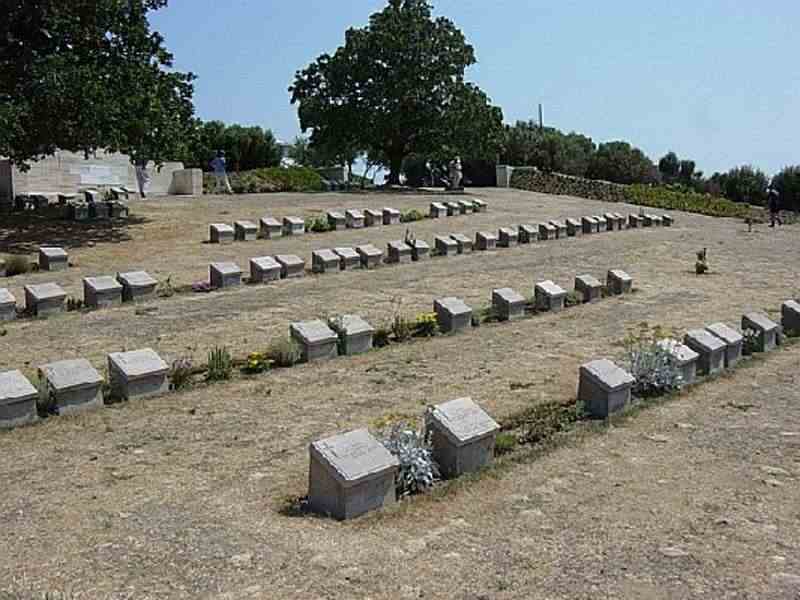
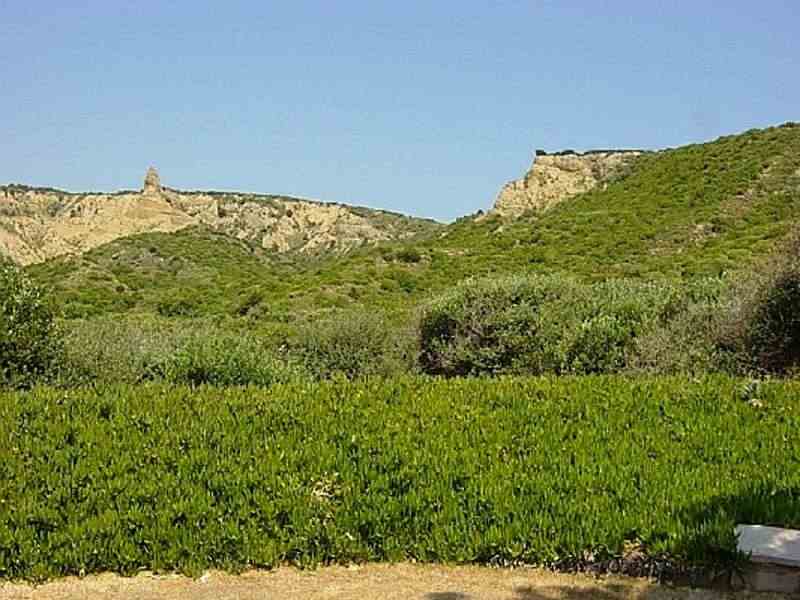
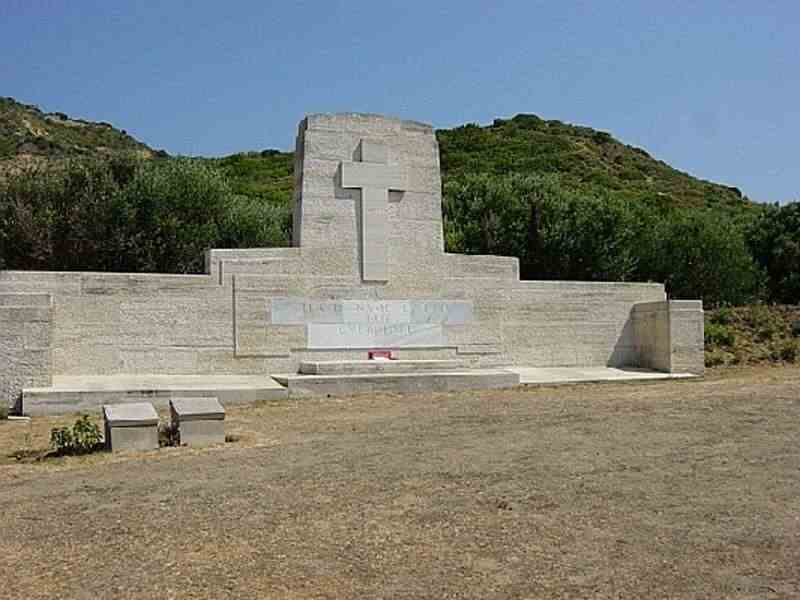
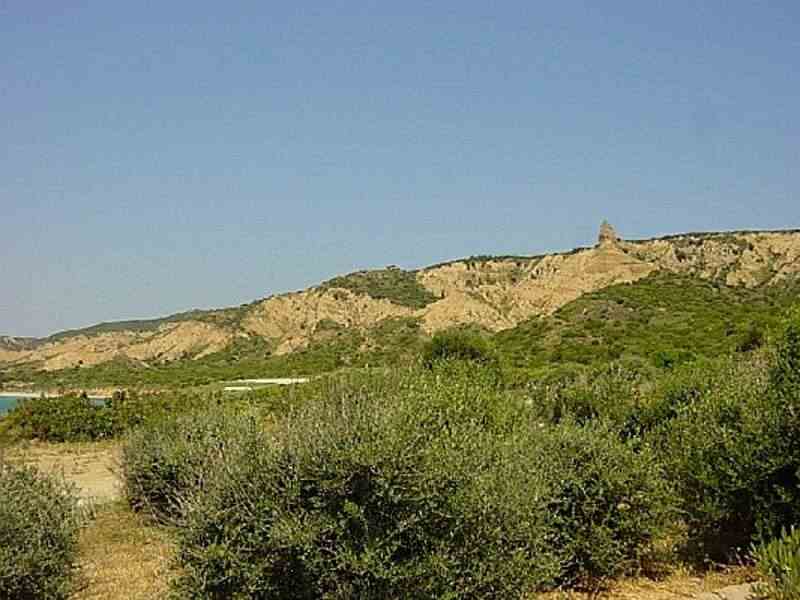
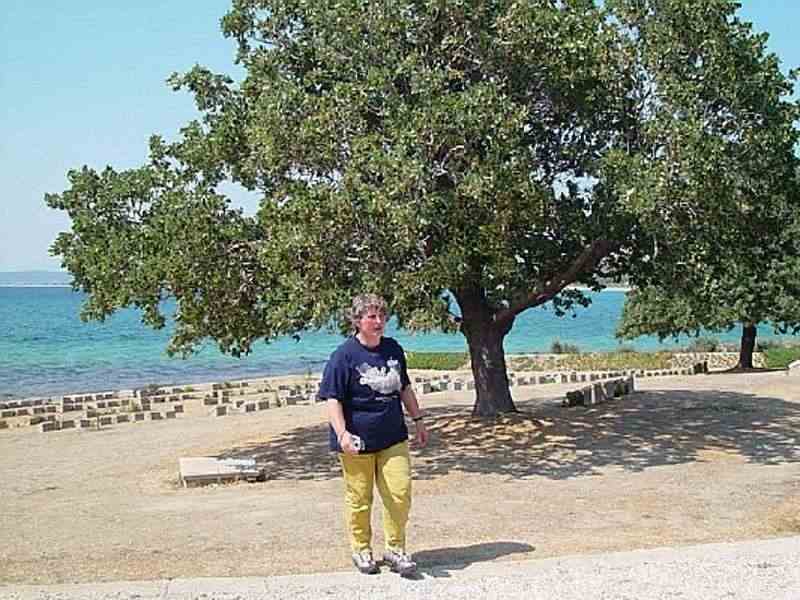
Lone Pine on Gallipoli Peninsular.
This was the furthermost inland that the Australian forces reached.
In August 1915 the Australians prevailed here only after 3 days of savage, close-quarter battle, with 2,197 men killed.
Seven VCs were awarded at Lone Pine.

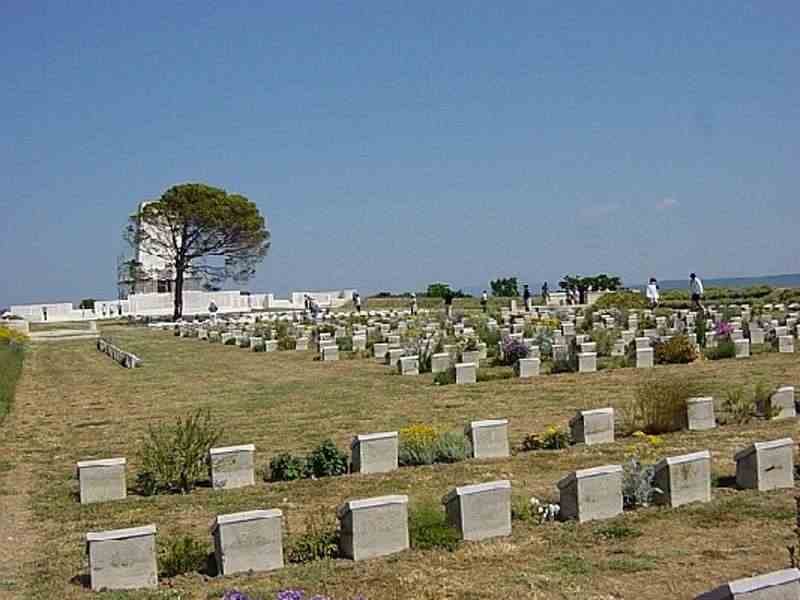

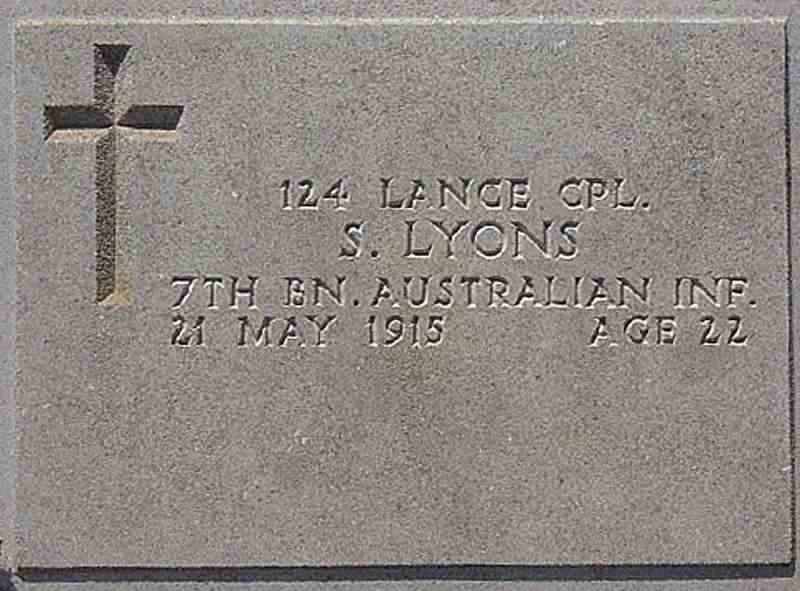


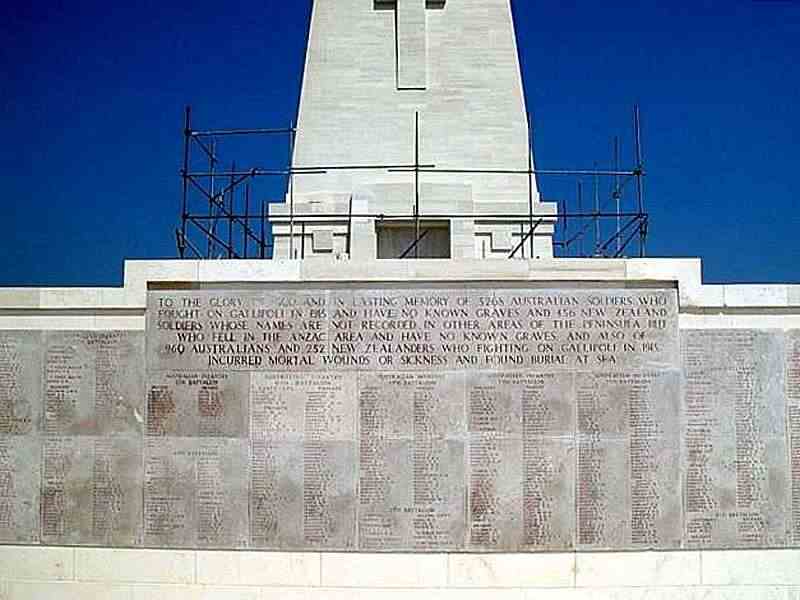
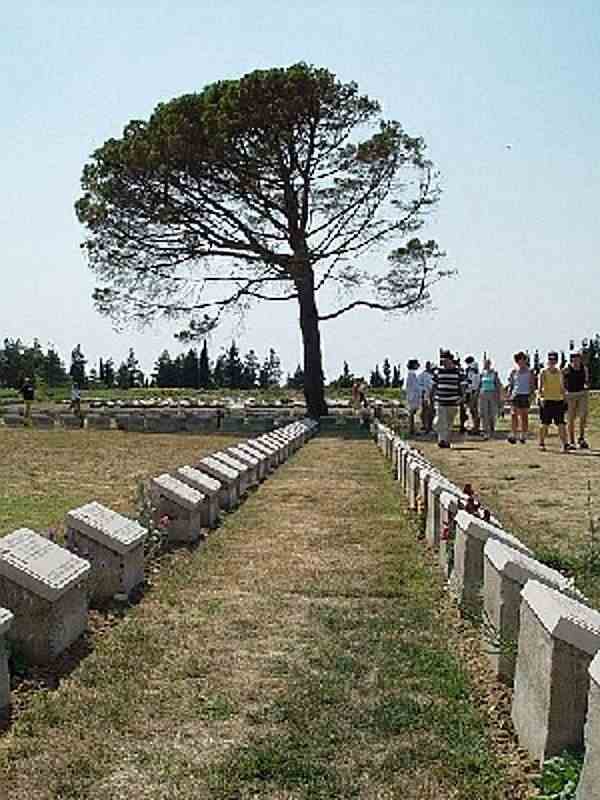

Chunuk Bair on Gallipoli Peninsula.
In August 1915, New Zealand forces with some Indian and Australian forces launched a battle for this high point.
There is a good view over Suvla Bay from here. There is a New Zealand memorial and a memorial to Attaturk here.
Some trenches remain. They are surprisingly shallow.
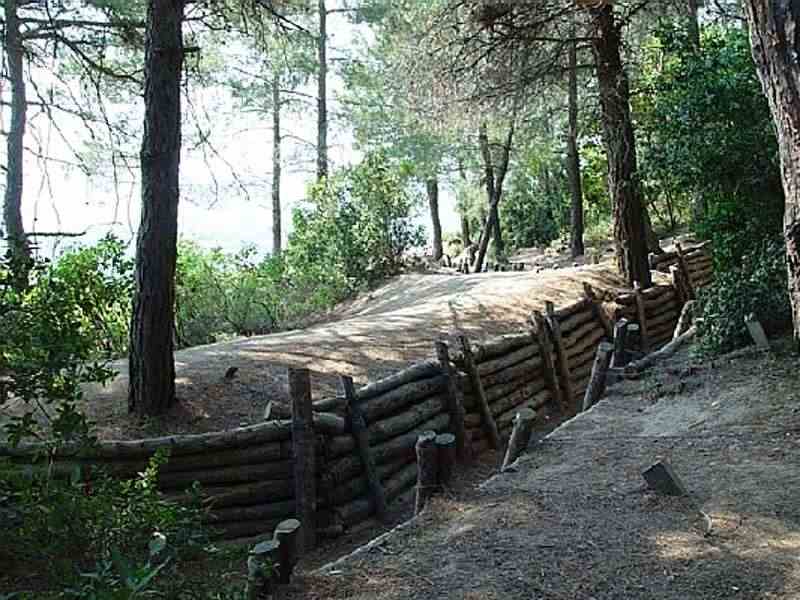

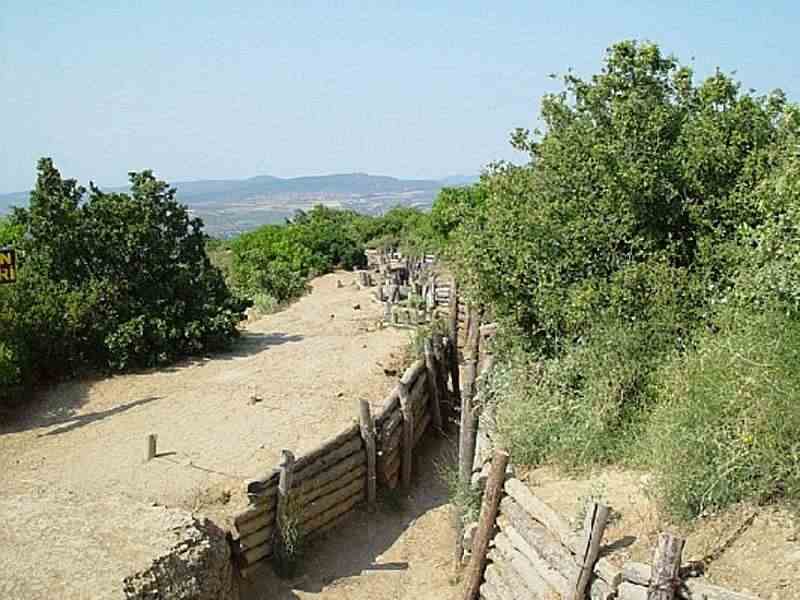
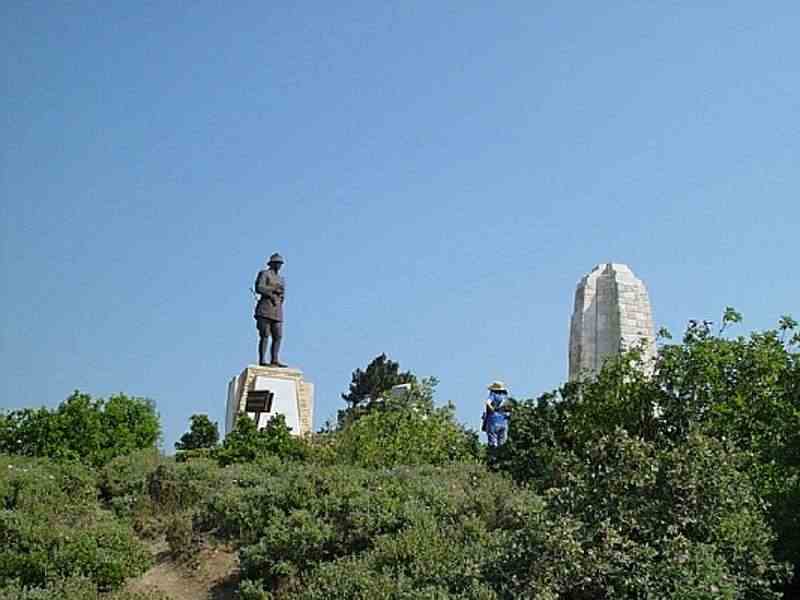
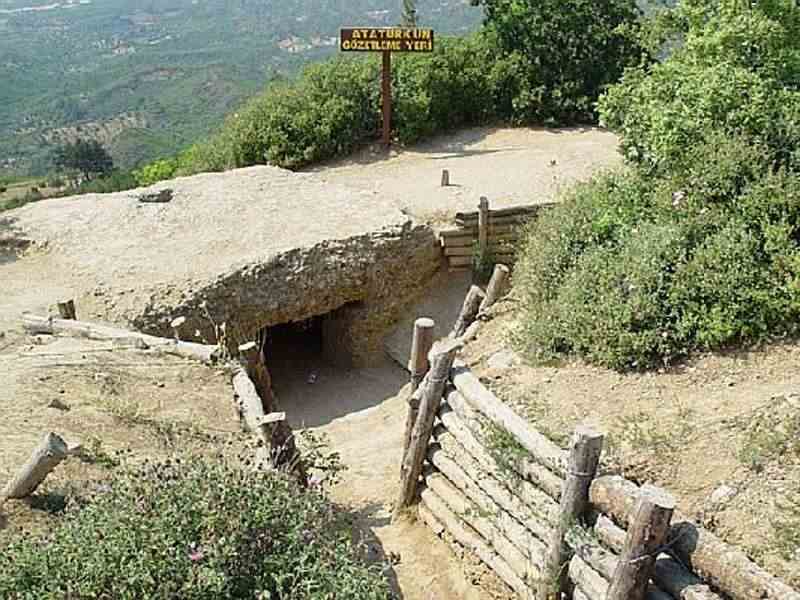

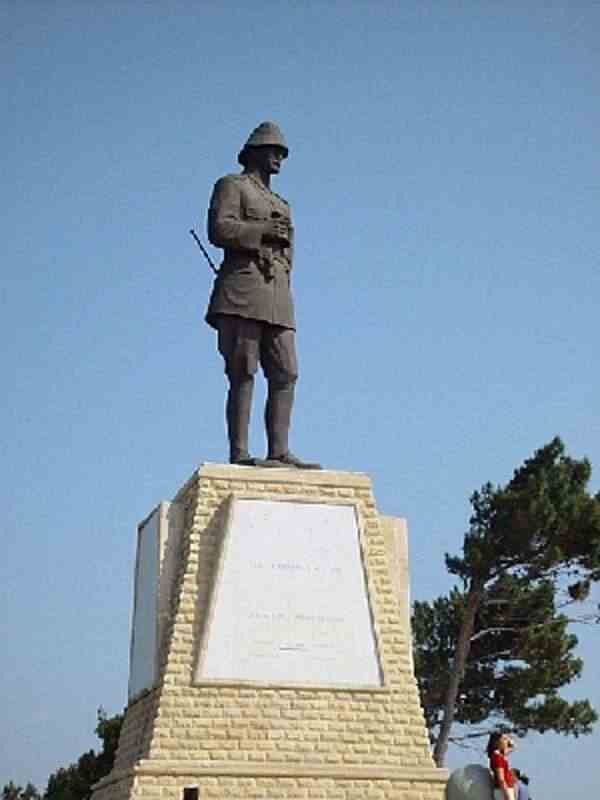

The Gallipoli Battle of World War 1 raged over 8 months with both
front lines swaying back and forth, neither side able to win through.
The whole campaign had become a stalemate from the first day.
In December 1915, the Anzacs evacuated ending the campaign.
Australian casualties were 26,111 with 8141 deaths.
The AIF returned to
Egypt to re-equip and to absorb reinforcements from Australia.
The
infantry divisions were doubled and sent to France. In 1916 almost as
many died in 7 weeks in a fierce battle at Pozieres.

Another Turkisk memorial - the oldest surviving Turkish soldier and his great granddaughter.
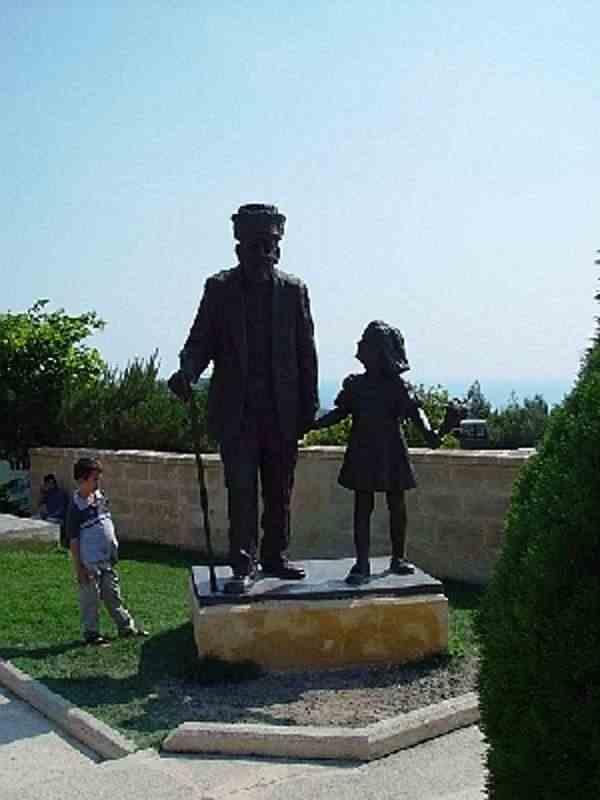

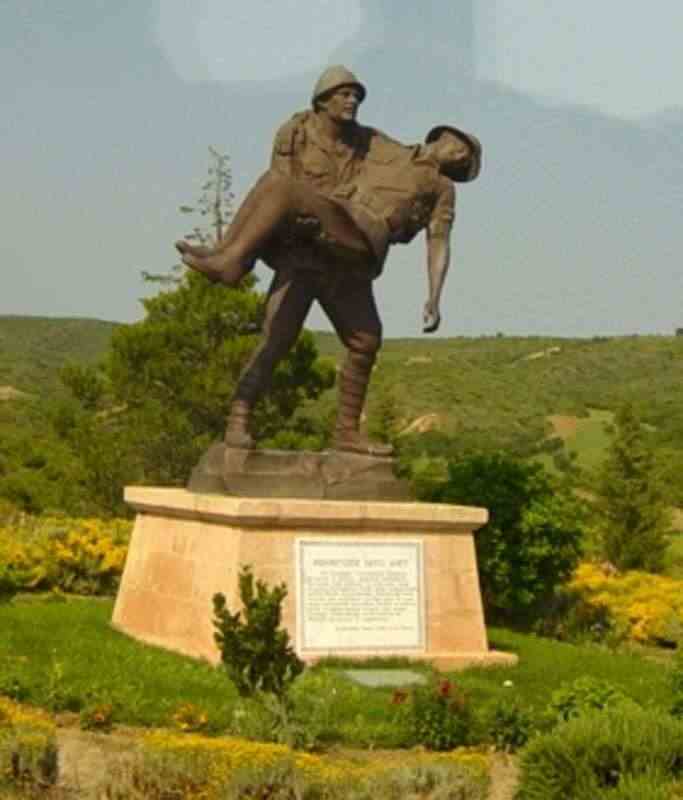
The Dardanelles.
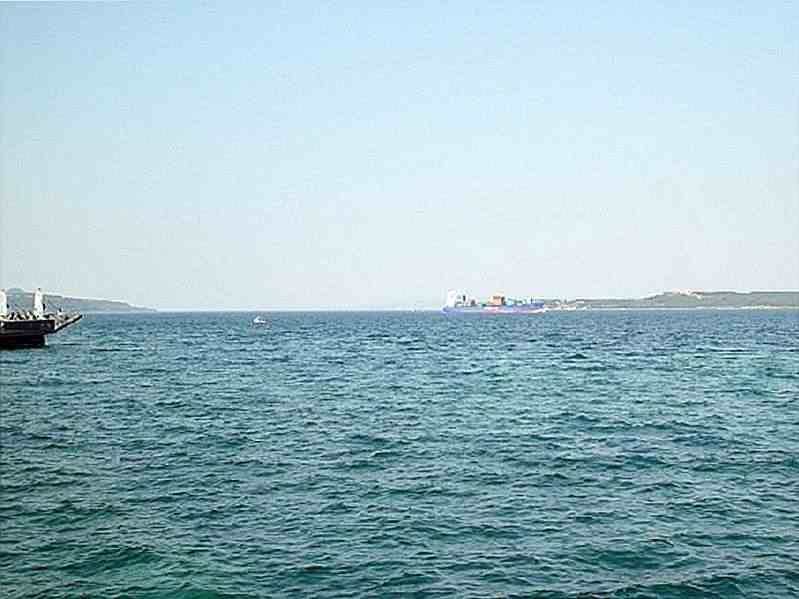
A house in Eceabat.
